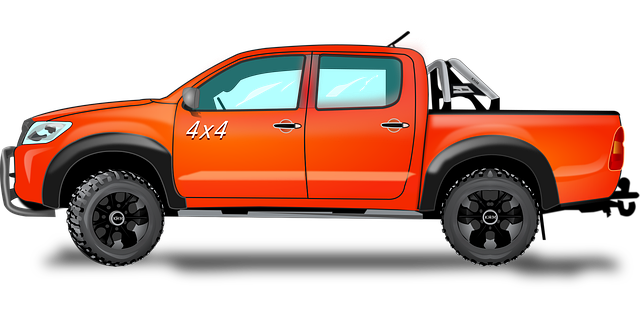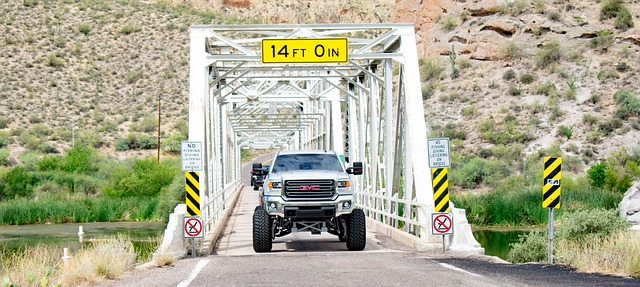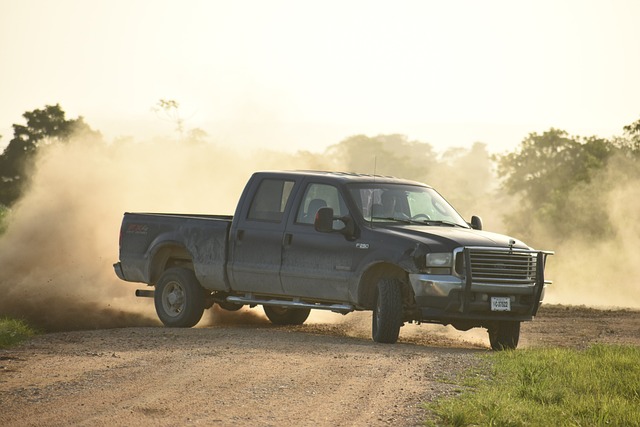Quick disconnects (snap-on fittings) revolutionize loading and unloading processes for the Brownsville fleet's truck bed rails, enhancing efficiency and productivity. These connectors eliminate the need for tools or complex assembly, ensuring swift and secure attachments in dynamic work environments. When equipping Brownsville fleet trucks, choose truck bed rails and quick disconnects tailored to specific cargo needs and vehicle types for optimal stability, security, and ease of loading/unloading.
Quick disconnects (QDs) play a pivotal role in modern truck bed rail systems, offering unparalleled efficiency and versatility in load management. This article delves into the essential components and functions of QDs, highlighting their significance in enhancing safety and productivity for trucking operations like the Brownsville Fleet. We explore real-world applications, provide expert insights on selection, and offer maintenance tips to ensure long-lasting performance, ultimately optimizing the potential of truck bed rails.
- Understanding Quick Disconnects: A Brief Overview
- The Role of Quick Disconnects in Truck Bed Rail Systems
- Brownsville Fleet: A Case Study on Efficient Load Management
- Choosing the Right Quick Disconnects for Your Truck Bed Rails
- Maintenance and Safety Tips for Long-Lasting Quick Disconnects
Understanding Quick Disconnects: A Brief Overview

Quick disconnects, also known as quick-release or snap-on fittings, are innovative mechanisms designed to facilitate easy and rapid attachment and detachment of components. In the context of the Brownsville fleet, particularly when it comes to truck bed rails, these connectors offer a multitude of benefits. By incorporating quick disconnects into their equipment, fleet managers can streamline loading and unloading processes, enhancing efficiency and productivity.
This technology is especially valuable for heavy-duty vehicles like trucks, where frequent adjustments and secure fastening are necessary. Brownsville fleet’s adoption of quick disconnects on truck bed rails ensures a swift and secure attachment, allowing for seamless transportation of cargo. These connectors eliminate the need for tools or complex assembly processes, making them ideal for dynamic work environments where time is of the essence.
The Role of Quick Disconnects in Truck Bed Rail Systems

Brownsville Fleet: A Case Study on Efficient Load Management

The Brownsville Fleet, a pioneering trucking company known for its innovative practices, serves as an excellent case study for efficient load management using Brownsville fleet truck bed rails. By integrating specialized bed rails into their vehicles, they’ve streamlined cargo securing processes, minimizing shift during transit and enhancing overall cargo integrity. This simple yet effective solution has led to significant improvements in delivery times and reduced damage rates, setting a new standard in the industry.
Through rigorous testing and implementation, Brownsville Fleet has demonstrated that strategic use of truck bed rails can optimize load stability for diverse cargo types. Their approach focuses on customizing rail systems based on specific cargo needs, ensuring a perfect fit that prevents shifting and minimizes the risk of damage. This case highlights the potential for other trucking operations to adopt similar strategies, leading to more efficient, reliable, and cost-effective transportation solutions.
Choosing the Right Quick Disconnects for Your Truck Bed Rails

When equipping your Brownsville fleet truck bed rails with quick disconnects, it’s essential to make informed choices based on your specific needs and vehicle type. The right fit is crucial for ensuring stability, security, and ease of loading/unloading. For instance, if you frequently transport diverse cargoes of varying sizes and weights, adjustable or universal quick disconnects might be the ideal pick. These versatile options accommodate a range of rail configurations, providing flexibility in different scenarios.
Brownsville fleet operators should consider factors like material quality, durability, and weather resistance when selecting quick disconnects. Stainless steel or high-grade aluminum alloys offer superior strength and corrosion protection, making them suitable for both indoor storage and outdoor hauling in diverse climates. Additionally, checking compatibility with your truck bed rail system is vital to guarantee a seamless fit, enhancing overall functionality and safety during transport.
Maintenance and Safety Tips for Long-Lasting Quick Disconnects

Regular maintenance is key to ensuring your quick disconnects (QDs) last for years, especially in demanding environments like a Brownsville fleet with truck bed rails. Start by inspecting them for any signs of wear or damage after every use. Clean the QDs thoroughly to remove debris and corrosion, as even tiny particles can cause malfunction over time. Use a combination of mild soap and warm water, then rinse and dry them completely before reassembling.
For safety, always refer to the manufacturer’s guidelines when maintaining or replacing QDs. Tighten connections securely to prevent accidental disconnections while in transit. Ensure all components are properly lubricated for smooth operation, but avoid over-lubrication as it can attract dirt. Regular checks and adherence to these simple tips will go a long way in maintaining the integrity of your QDs, keeping your truck bed rails secure, and ensuring safe and efficient hauling operations.
Quick disconnects play a vital role in modern truck bed rail systems, enabling efficient load management and secure cargo transport. As demonstrated by the Brownsville Fleet case study, these innovative components streamline operations and enhance safety. When selecting quick disconnects, it’s crucial to consider specific application needs, ensuring long-lasting performance. Proper maintenance, as outlined in this article, is key to maximizing their lifespan, ultimately contributing to a more seamless and secure hauling experience for truck fleet operators.



